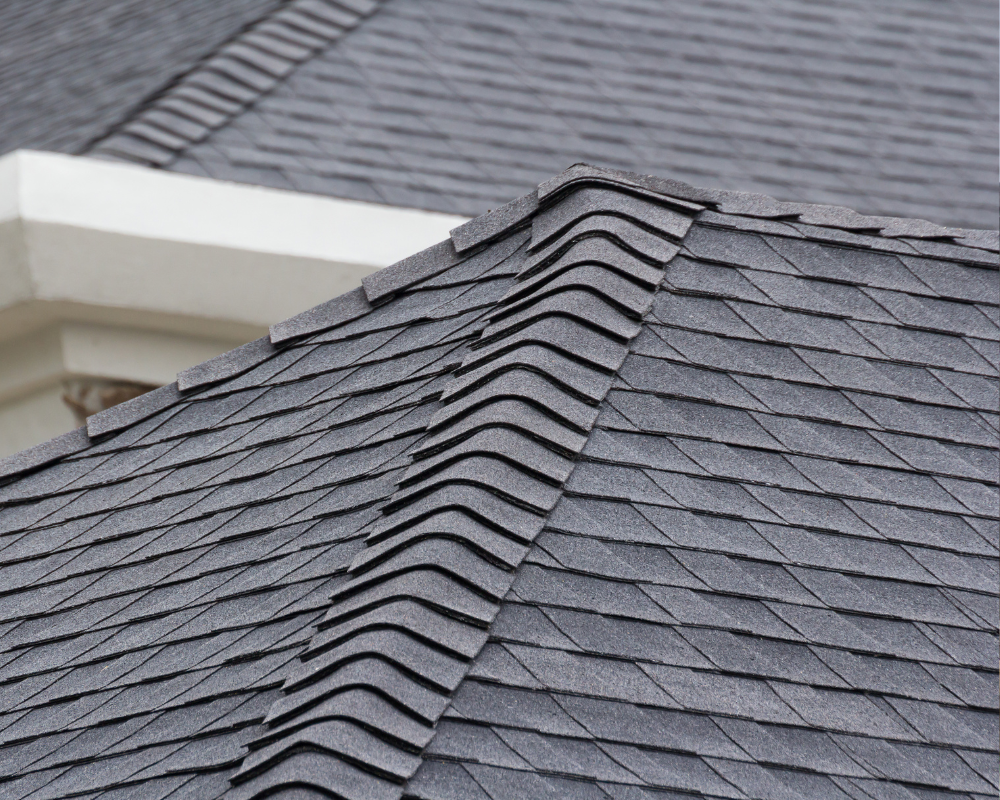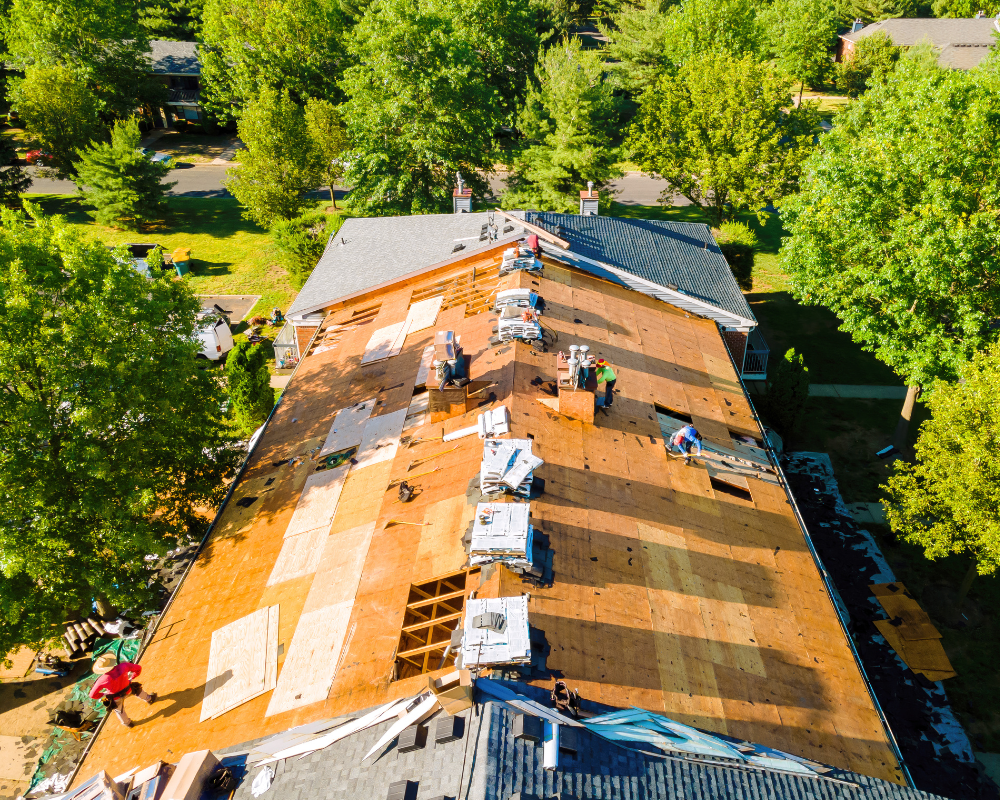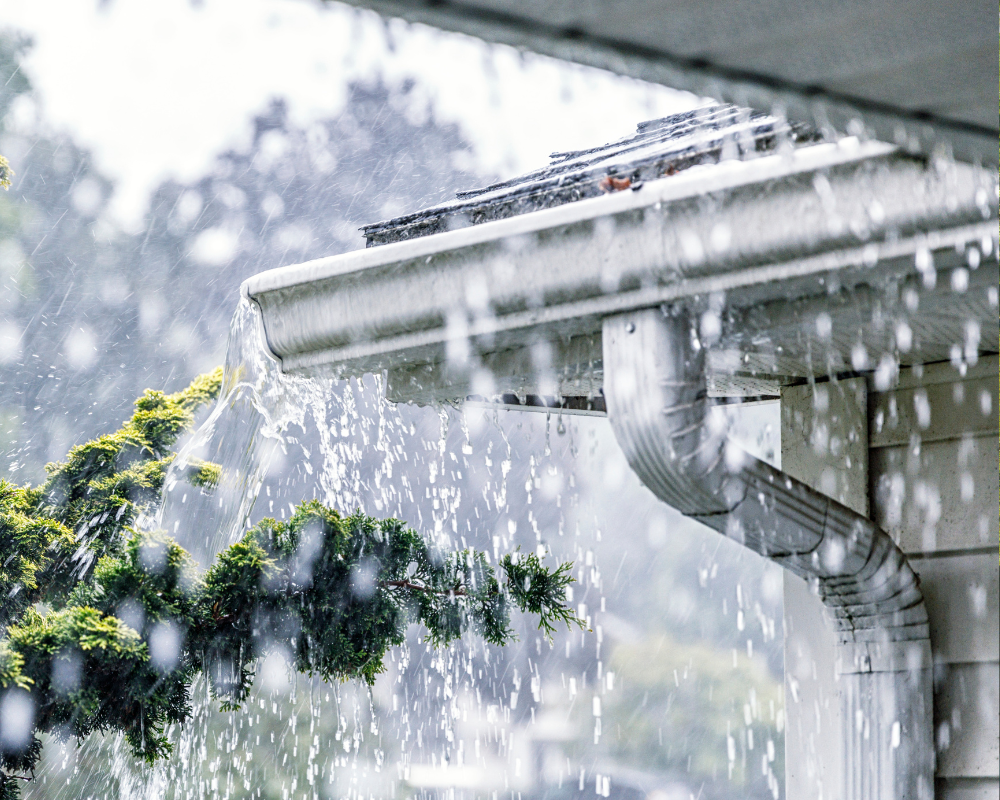Roof replacement is a significant investment for homeowners, and understanding the factors that contribute to the overall cost can help you prepare for the project. In this blog, we’ll break down the various elements that contribute to roof replacement costs in 2025/26. Knowing these factors will not only help you understand the price range but also how you can work with your roofing contractor to keep the costs within budget.
1. Roofing Material Costs

The choice of roofing material has a significant impact on the overall cost of your roof replacement. Asphalt shingles are the most common and affordable option, with a typical cost range between $3 and $5 per square foot. However, more durable materials like metal or tile roofs can cost upwards of $7 to $10 per square foot. The higher cost of these materials is often due to their durability and longevity, as well as the installation complexity. Homeowners can work with their roofing contractor to select materials that meet their budget while balancing durability and aesthetic preferences.
2. Labor Costs
Labor is one of the largest components of roof replacement costs. The average labor cost ranges from $3 to $6 per square foot, depending on the complexity of the roof, the type of material used, and the experience of the roofing crew. For larger roofs or more intricate designs, labor costs can add significantly to the overall price. To manage labor costs, homeowners should consider getting multiple quotes from reputable contractors and ensure that their project is well planned, reducing unexpected labor time.
3. Roof Size and Square Footage

The size of your roof plays a crucial role in determining the total cost of the replacement. Larger roofs require more materials and more time to install, driving up the price. For example, replacing a 2,000-square-foot roof could cost anywhere from $5,000 to $12,000, depending on the materials and labor involved. Homeowners can manage costs by opting for roofing materials that are easier and quicker to install, and ensuring the roof design is straightforward to avoid unnecessary complications.
4. Tariffs and Material Price Fluctuations
Tariffs and supply chain disruptions have caused fluctuations in roofing material prices in recent years. In some cases, a rise in tariffs for imported roofing materials can add to the overall cost of the project. Homeowners should be aware that material costs can change over time and work with their contractor to purchase materials when prices are lower or consider using more locally sourced materials to avoid the effects of tariffs.
5. Safety Inspections and Permits
Before beginning a roof replacement, safety inspections and permits are often required, especially for larger projects or those involving complex materials like metal or tile. These inspections ensure that the roof meets building codes and safety standards, and they can add to the overall project cost. Homeowners can help minimize these costs by ensuring all required inspections are completed early in the process and by working with a roofing contractor familiar with local building codes and permitting procedures.
6. Inclimate Weather and Delays

Weather conditions play a significant role in roofing projects, especially if there’s unexpected rain, snow, or high winds. Inclement weather can cause delays, prolonging the project timeline and increasing labor costs. Additionally, some roofing materials, such as asphalt shingles, cannot be installed during extreme temperatures. To manage weather-related delays, homeowners should discuss project timelines with their contractor and build in some flexibility to avoid rushing the job during unpredictable weather conditions.
7. Clean-Up and Disposal Costs
Once the roof replacement is complete, there’s still the matter of cleaning up the debris and disposing of the old roofing materials. This process can add a few hundred dollars to the total cost of the project, depending on the size of the roof and the complexity of the removal. Homeowners can minimize these costs by ensuring that their roofing contractor includes cleanup as part of the project quote, or by discussing ways to reduce waste during the installation process.
Understanding the various factors that contribute to the cost of roof replacement will help homeowners make informed decisions and avoid surprises during the project. Roofing materials, labor, roof size, tariffs, safety inspections, weather delays, and clean-up all play a role in determining the final price of a new roof. By working closely with a reputable roofing contractor, homeowners can ensure that they’re getting the best value for their investment, keeping costs manageable while ensuring a quality roofing project.
